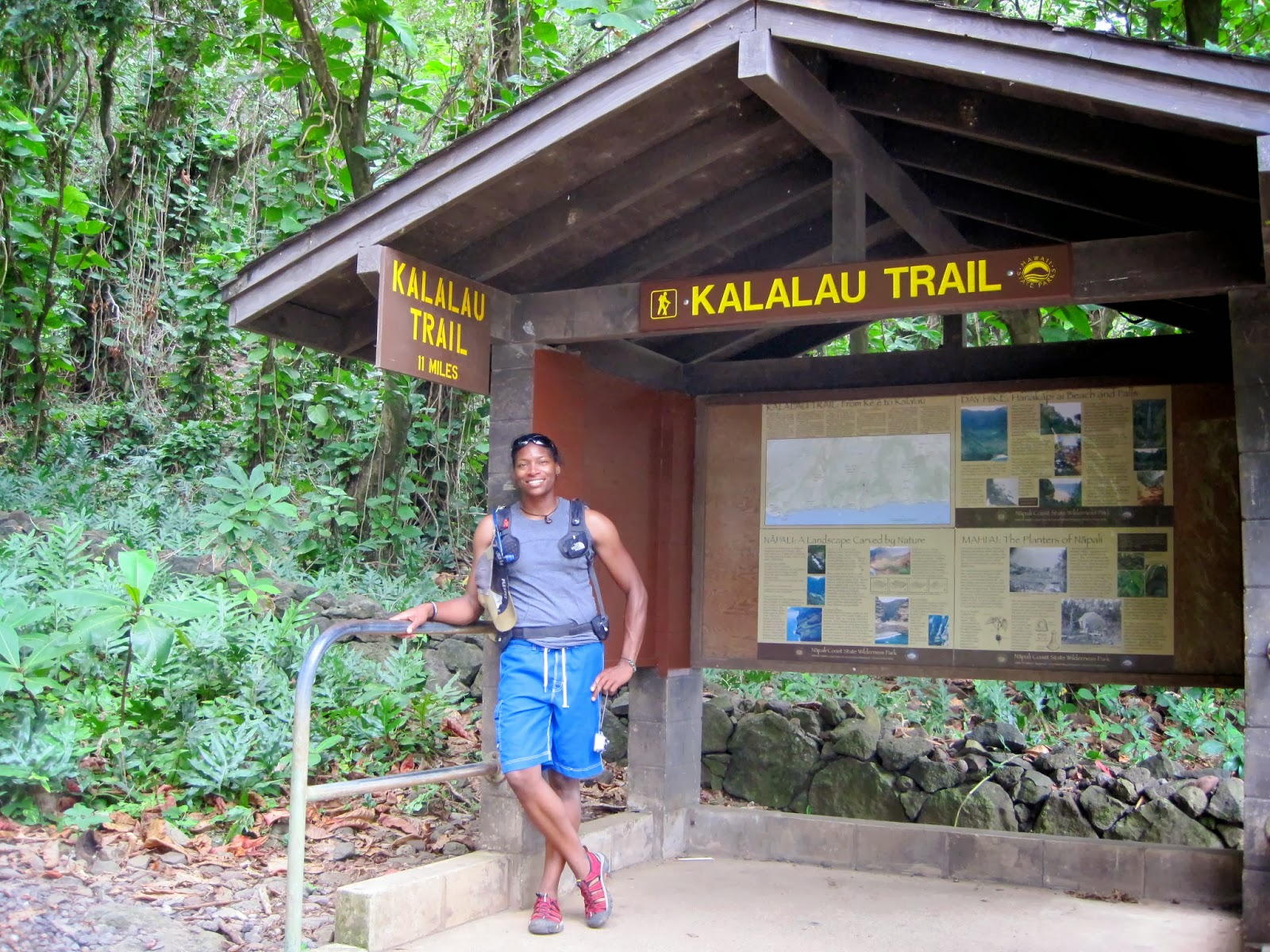TAD is now expanding their line up from gear and apparel to courses and seminars that will help you get through your next adventure. Two of their courses coming up over the next few months are their Wilderness First Aid Course and their Field Forecasting Course.
Over spring break in college I took a Wilderness First Responder Course (Wil Fir). I worked my way through college as a Wildland Firefighter operating in some pretty remote areas. Some areas were only accessible by rappelling from a helicopter
The work was arduous and at times dangerous.
The Wil Fir course seemed like a good set of skills to have. I instantly fell in love with this course. It taught us how to improvise and be mini MacGyvers. I loved it so much that I went on to become a Wilderness EMT and a Wilderness First Aid Instructor.
Wilderness Medicince picks up where normal First Aid Course leave off. When we're in the city we know that help is just a phone call and a few minutes away. In the wilderness help could be hours or days away and with limited supplies. We learned how to make splints out of everything from tree branches to magazines or whatever happened to be on hand. While this course is a great idea for any who works or plays in the outdoors, it's also a good knowledge to have in general.
While most of the time we can call 911 when needed, in the event of a major disaster or emergency emergency responders can become tied up very quickly. FEMA's Community Emergency Response Team Program recommends that neighborhoods should be able to be self sufficient for 72 hours after a major emergency. That might be how long it takes for emergency responders to be able to respond to some areas.
The Wilderness First Aid course is held over two days, June 7 & 8, 2014. You can find out more info and register for it here.
Just as good as having Wilderness Medicine knowledge, is knowing how to avoid situations where you would have to use this knowledge. In Wildland Firefighting we lived by the up to the minute weather reports. Up to date knowledge of the weather helped to keep us out of some very dangerous situations. This is also true for anyone who spends time in the outdoors. Should you keep forging ahead on your hike or should you turn back? Will this be a pleasant stroll through the woods or will it end hypothermia. This is where TAD's Field Forecasting class comes in.
The Field Forecasting class is taught by Meteorologist Jim Woodmencey who teaches avalanche and high risk weather forecasting to US Military Special Operations Command Personnel. Do you ever find yourself in places where you can't access your weather app? Cell phone battery out of juice? This class will give you the skill set recognize and predict weather patterns for yourself. In it you'll learn
- Introductory Meteorology: Knowledge of the atmosphere, barometric pressure, orographics, cloud identification and storm systems
- Weather Forecasting: Interpreting satellite / radar images and utilizing weather maps
- Tool Proficiency & Utilization: Developing expertise in the use of your five senses in addition to barometers and altimeters
The Field Forecasting Class is being held May 31, 2014 and June 1, 2014. You can find out more info and register for the class here






















